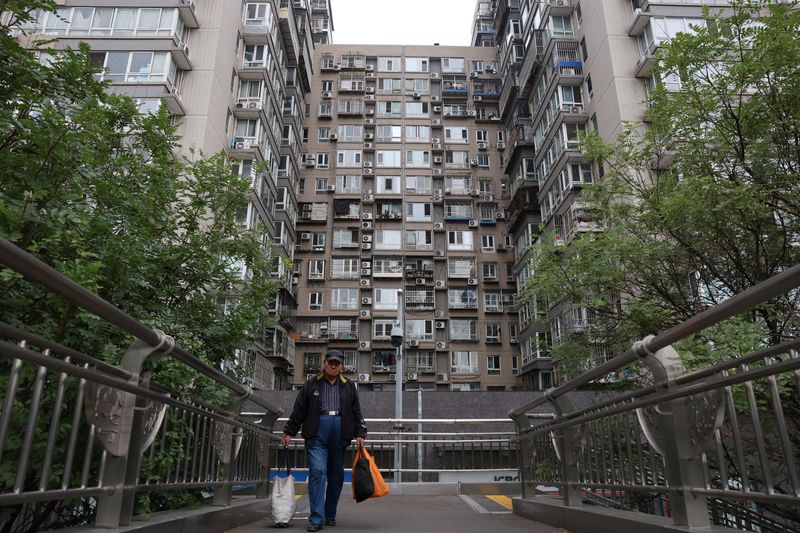China’s recent fiscal package aims primarily to stabilize property values and balance sheets of local governments, which have a significant impact on the economy and contribute to ongoing deflationary pressures. This stance marks a shift from the previous aggressive strategies used to stimulate the economy, as seen during the 2008 financial crisis when China injected vast amounts of funding into infrastructure and property sectors. The new approach emphasizes addressing financial strain rather than driving immediate GDP growth. Experts like Christopher Beddor of Gavekal Dragonomics have pointed out that the focus is more about shoring up financial stability rather than providing an instant boost to economic activity.
Recent reports have suggested that China may approve over 10 trillion yuan ($1.4 trillion) in new debt issuance to help alleviate the financial burdens faced by local municipalities and property developers. A large portion of this funding—approximately 6 trillion yuan—will be directed towards reducing local government off-balance sheet debts. The remaining 4 trillion yuan will assist in buying back unsold land and help mitigate the extensive inventory of vacant properties held by struggling developers. This strategy appears designed not only to offer immediate financial relief but also to foster a more sustainable pathway to recovery, in stark contrast with past stimulus efforts that often prioritized rapid growth over long-term stability.
Despite the scale of this fiscal effort, financial markets showed skepticism, with Chinese stocks slipping and casting a shadow over other Asian markets. Economists like Gary Ng believe that while the package may provide some relief—acting more as a “painkiller” for the economy—it may lack the capacity to catalyze significant economic improvements in the near term. The prevailing sentiment reflects a cautious outlook on whether the announced measures will effectively stimulate consumer and business spending or if they merely operate as a temporary bandage on deeper structural issues.
Local governments, facing soaring debt levels and diminishing revenues, continue to manage expenditures by cutting civil servant salaries and deferring payments to suppliers. The unsold real estate inventory poses a substantial challenge, with estimates suggesting that fully constructed properties could amount to 93 trillion yuan. Policymakers now seek to alleviate local governments’ liquidity problems through the proposed package, aiming to restore confidence within these localities and facilitate economic activity. However, analysts caution that these effects may take time to realize, potentially appearing only in the latter half of 2025, raising concerns about whether this approach merely delays a more significant financial reckoning.
The overall debt situation in China is concerning, with estimates from the International Monetary Fund (IMF) indicating local government debt at 31% of GDP and additional liabilities bringing this total to approximately 116 trillion yuan. This situation necessitates a transition from merely transferring debt burdens to stimulating a self-sustaining growth cycle. However, effective recovery is impeded by longstanding issues, particularly low household consumption rates. Despite the government’s intentions to address these concerns with added consumer subsidies, economic analysts like Louis Kuijs from S&P Global suggest that the measures proposed are unlikely to foster meaningful improvements in spending and growth—leaving deflation risks potentially unresolved.
In summary, while China’s planned fiscal package signifies a strategic pivot towards stabilization and addressing structural deficiencies within its economy, the immediate impacts may fall short of expectations. The cautious approach to stimulus aims to mend local government finances and boost property values while sidestepping the pitfalls of previous expansive efforts. Nonetheless, the lingering uncertainties regarding the effectiveness of these measures, particularly in terms of enhancing consumer confidence and household spending, highlight the complexities of reviving an economy grappling with both cyclical downturns and entrenched structural challenges. The outcome of this balancing act remains a critical focus for both domestic and international observers looking to understand China’s economic trajectory.

